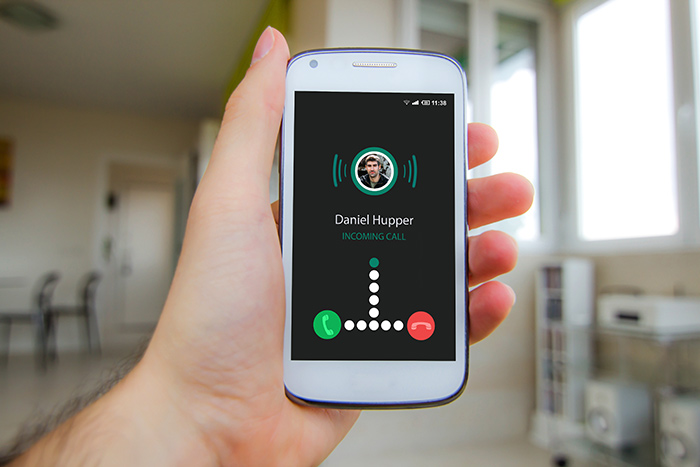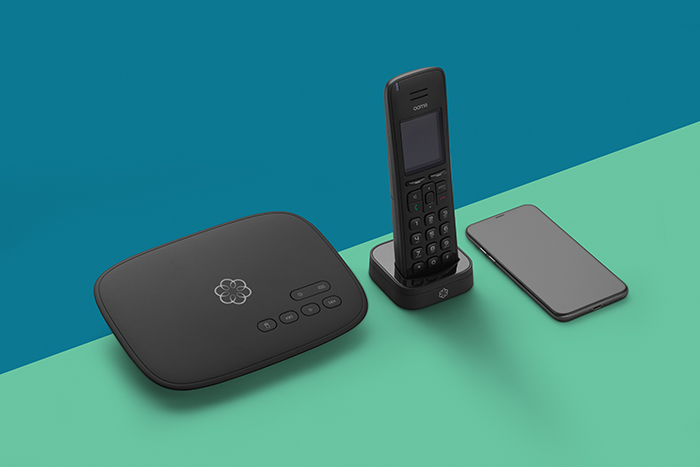How to avoid becoming the next victim of robocallers who use caller ID spoofing

Phone scammers will try anything to fool people into believing their cons.
One of the most common robocalling tricks is using caller ID technology for the purposes of psychological manipulation. Known as caller ID spoofing, scammers use false caller ID information to fool the caller into thinking an incoming call is from someone who can be trusted.
Why Are Scam Callers Using Different Phone Numbers?
By spoofing their caller ID information, illegal robocallers can manipulate the system and increase the likelihood that the unwanted call will be answered.
Scam callers understand that caller ID is often the first point of contact. The displayed information can appear to tell who’s calling, if it’s a recognized number, or if it’s a local area code.
What Numbers Are Impersonated with Caller ID Spoofing?
Scammers use several common tactics when spoofing telephone numbers.
One of the most popular is called neighbor spoofing when a local area code is used to make it appear that the incoming call could be relevant or that the caller lives nearby.
Another approach is to use caller ID information that matches the number they’re dialing. Not only is it surprising to receive a call from your own number, but it also sets up the scammer to impersonate the phone company, as happened to one woman in South Carolina.
In other cases, a spoofed number is chosen strategically to impersonate a local business, the local authorities, a government agency, or even a nearby hospital. That caller ID information can add unwarranted validity to the story of a family emergency, catching you off guard and potentially prompting you to reveal personal information such as a Social Security number or mother’s maiden name.
Shouldn’t Caller ID Spoofing Be Illegal?
Despite its widespread use, caller ID spoofing has been illegal since the Truth in Caller ID Act of 2009. This FCC ruling prohibits a caller from “transmitting misleading or inaccurate caller ID information with the intent to defraud, cause harm or wrongly obtain anything of value.”
Yet, the statistics on this illegal activity are overwhelming. In 2019, about half of all calls to mobile phones are predicted to be scammers, 90 percent of which are estimated to be using caller ID spoofing.
In turn, legislation was adopted this year to amend the Truth in Caller ID act. The most significant change is to expand its jurisdiction to include calls that originate from international locations and target U.S. recipients.

How Should You Respond to Suspicious Phone Calls?
These four tips can help you stay safe with the ongoing threat of malicious phone calls:
- Don’t answer the phone if you don’t recognize the number.
- Don’t “press 1” to be removed from any list. That can worsen the number of spam calls you receive by revealing that your line is active.
- If a call seems suspicious, hang up. You can then look up the caller’s real phone number using a trusted source, such as its website or a previous bill. Call back this verified phone number to see if it was a legitimate call.
- Help educate elderly or vulnerable people so they don’t fall for phone frauds.
What Red Flags Can Help You Identify Phone Scams?
No matter whom the caller ID says it is, here are some things that can help you spot scam phone calls:
- Do a simple reality check and ask yourself if the call seems legit or if something feels off.
- Watch for high-pressure techniques that are manipulating your emotions.
- Any threats or demands are a clear sign of a scammer at work.
- A caller’s questions about personal information can also tip you off.
- Scammers will also request money using untraceable payment types such as prepaid gift cards or money wires.
What Other Tactics Can You Take to Help Stop the Calls Before Your Phone Rings?
Call-blocking add-ons can be used on top of your existing phone service. However, phone services such as Ooma Premier integrate robust call-blocking tools directly into user accounts.
Ooma helps you block telemarketers, robocalls, and spammers with powerful call lists that respond dynamically to changing scammer tactics. You can even customize your call blocking by choosing from known spammers that have been identified by the Ooma community and suspected spam callers that have been listed on Nomorobo. You can also block anonymous callers and even apply custom filters, such as blocking political calls.

What Happens When a Phone Number Has Been Spoofed?
For business or personal lines, the results of having your number used for spoofed calls can be crippling.
When a tire shop in Indiana had its number used for a spoofing scam, the phone line became tied up from the resulting incoming calls. This prompted the business to start screening its calls, which could potentially mean losing business. “It’s harming our reputation,” said the business owner.
In another instance, a Massachusetts insurance agency received up to 300 calls per hour after a robocalling scam used its number.
A deputy chief in a Detroit suburb explains that scammers posing as the police have had a ripple effect that undermines their authority. When the department makes calls to family members of those who are really in jail, the recipient doesn’t always believe that it’s actually a law enforcement agent calling. “It dilutes people’s trust or belief in who they’re really speaking with,” says Mark Coil of Shelby Township, MI.
Learn more about how Ooma Premier home phone service can help you fight back against robocalls.



